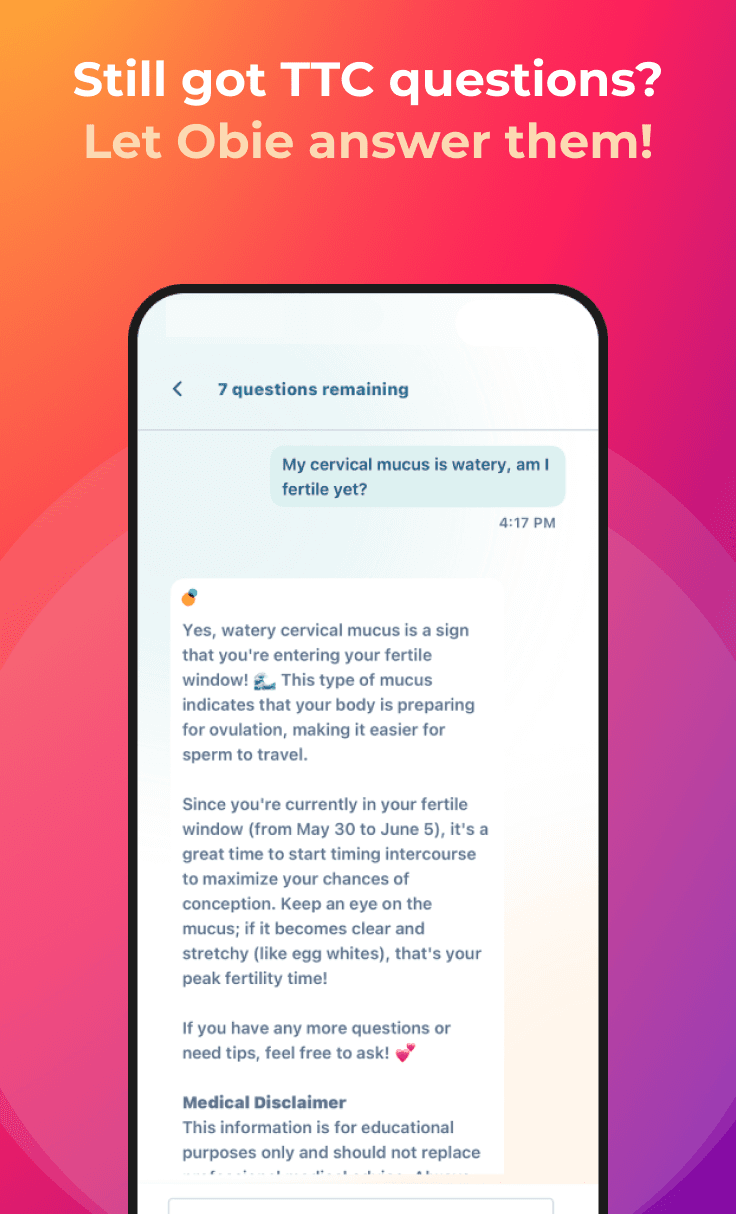Scientists Create Building Block of Human Egg and Sperm
Women's Health News
Obie Editorial Team
The intricacies of human reproduction may be the most complex set of processes known to science. In the never-ending quest for deeper understanding of human reproduction, a group of researchers from Britain’s University of Cambridge has successfully created a precursor (building block) that must be present so a stem cell can become a human egg or sperm. Their discovery could unlock the mystery behind certain causes of infertility and perhaps open the door to therapies that could restore fertility in these cases.
Enhanced fertility isn’t the only benefit that could come from this breakthrough, according to Prof. Azim Surani, who led the team from Cambridge’s Gurdon Institute in England. He suggests the possibility of improved treatments for diseases related to the aging process, improved understanding of how environmental factors influence gene activity (epigenetics), and how these epigenetic mutations affect future generations.
Surani’s team used embryonic stem cells and adult skin cells to create primordial germ cells (PGCs), which eventually become only sperm or egg cells. All stem cells are much like a blank canvas; the artist can turn the canvas into a portrait, landscape, abstract, or whatever image is desired.
Like the artist’s canvas, all cells begin as undifferentiated (blank) stem cells and, as a fetus develops, these cells become specialized to form skin, hair, eyes, the heart, bones, toes, teeth, tongue -- all parts of the human body. As people go through life, stem cells repair injury and cellular damage to maintain health and vitality and they replace cells at the end of the normal cellular life cycle.
Surani’s team discovered a gene — SOX17 — which causes stem cells to become primordial stem cells specifically. In brief, conception to embryo involves:
- Sperm and egg uniting to form a zygote.
- The zygote dividing into a larger collection of cells called a blastocyst:
- The blastocyst develops an inner cell mass containing stem cells which will become the fetus.
- It also develops an outer cell mass which will become the placenta.
- About five weeks after fertilization, the stem cells have become specialized enough to form specific tissues and structures; at this point, the blastocyst is called an embryo.
The SOX17 gene causes some of the stem cells in the blastocyst’s inner mass to transform into PGCs, which will become germ (egg or sperm) cells. The Cambridge study is the first to identify the role SOX17 plays in creation of PGCs.
In previous studies, rodent PGCs have been created using rodent stem cells but SOX17 has no effect on them. Rodent germ cells develop without assistance from the gene. This finding alone marks the Surani study as highly significant.
Historical understanding of reproduction in mammals is that the process is basically the same across all species. This understanding is one reason many human studies begin with studies of smaller mammals with short, easy to observe, life spans, such as lab rats and mice.
Surani discovered human PGC development is reliant on SOX17 although SOX17 produces no effect whatsoever in rodent PGC development. This discovery may generate a re-thinking of how relevant rodent studies truly are to human applications.
Sources:
- Surani, M. Azim, et al. “SOX17 Is a Critical Specifier of Human Primordial Germ Cell Fate (.pdf).” Cell. Cell Press. 24 Dec. 2014. Web. 2 Jan 2015.
- Storck, Susan. "Fetal Development: Week by Week Changes." MedlinePlus. US National Library of Medicine, National Institutes of Health, 30 Sep. 2013. Web. 3 Jan. 2015.








